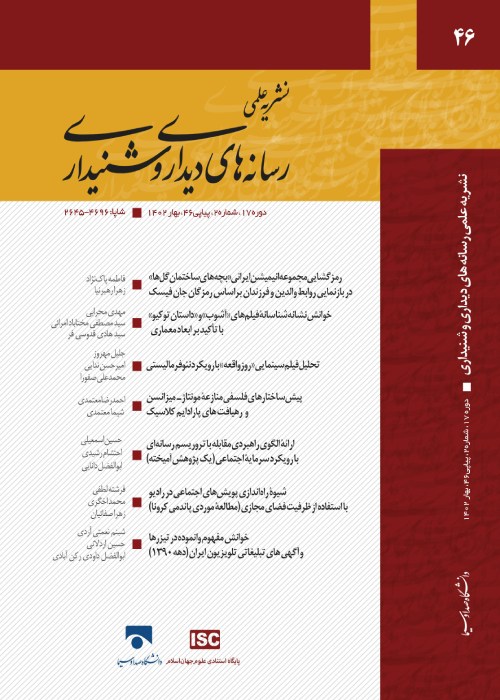Majid Rajabi, Hoseinali Afkhami
Pages 8-24
Media literacy means the ability to access to media, understand and evaluate critically the different aspects of media contents for communication in diverse contexts. Now in many different countries of the world, the media literacy has been started to teach to different segments of people. That is because, this title has been more important than before. Although all media ideologies are not negative, people who know little about media literacy, should accept the media messages just in ways the media represent and modify their lifestyles according to it. In Iran, the media literacy and its training to those who are more involved in media, has great importance. Among those public-relations managers and experts have close relations with the media and ability to understand and evaluate critically the media contents, should also be able to create proper media content. This research measures media literacy capability of this social class and its related factors. The results show the factors like education level, visual literacy, work experience, field of study, media habits and media consumption have more influence on media literacy of public-relations managers and experts. It is also shown in linear regression that two mail variable, cultural capital and job position have no direct influence on media literacy. Goodness of fit of this research is 0.819 that indicates %67 of media literacy rate changes is caused by above variables and %33 is caused by other variables not mentioned in this research.
Keywords:
media, media literacy, public, relations, Media Consumption, media habits, Visual Literacy


